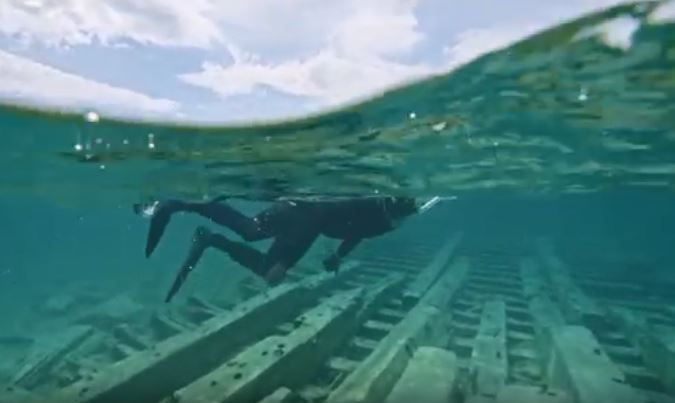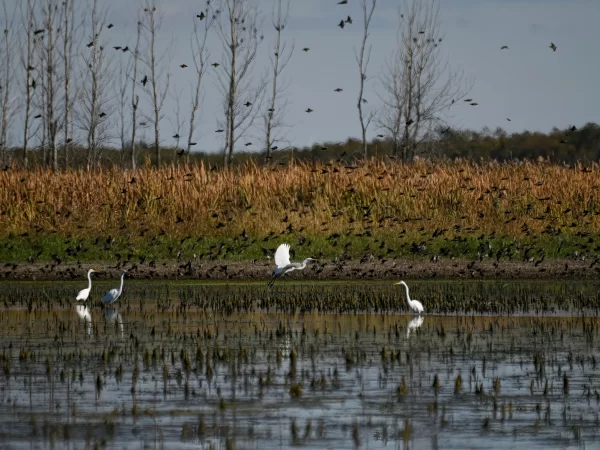
WASHINGTON (AP) — Roughly a sixth of the planet’s land and freshwater area now lies within protected or conservation areas, according to a United Nations report released Wednesday.
Next comes the hard part. The world needs to ensure that those regions are actually effectively managed to stabilize the climate and to curb biodiversity loss while also increasing the total area of protected places, scientists say.
“Protected and conserved areas play a crucial role in tackling biodiversity loss,” said Neville Ash, director of the U.N. Environment Programme World Conservation Monitoring Centre, which produced the report. But simply drawing lines on a map isn’t enough. Conservation areas “need to be effectively managed and equitably governed,” he said.
The “ Protected Planet ” report also found that about 8% of coastal and ocean waters are within protected areas.
“There has been a substantial increase in the protection of marine ecosystems in the past decade. But the protection of land areas hasn’t increased as much in that time,” said Stuart Pimm, an ecologist at Duke University, who was not involved in the report.
“What we really need to know about is the quality of the protected areas — not just the quantity of square miles,” Pimm added.
“It is nowhere near enough,” said Charles Barber, senior biodiversity advisor for the World Resources Institute, who was not involved in the report. “We need to conserve half of the Earth if we are going to maintain the basic biological operating system’” of the planet.
Several scientific and environmental groups are now calling for 30% or 50% of the planet to be protected. Earlier this month, President Joe Biden set a goal of conserving at least 30% of U.S. lands and waters by 2030.
“There’s plenty of scientific evidence that protected areas are the cornerstone of biodiversity protection and climate stabilization,” said Eric Dinerstein, a conservation biologist at RESOLVE, a nonprofit group.
“Humanity is heading for an environmental cliff — so we have to do a U-turn,” he said. “We know that the creation of more protected areas is absolutely vital. The questions are: How much, where, and how fast?”
___
Follow Christina Larson on Twitter: @larsonchristina
___
The Associated Press Health and Science Department receives support from the Howard Hughes Medical Institute’s Department of Science Education. The AP is solely responsible for all content.
Catch more news on Great Lakes Now:
Great Lakes Sanctuaries: Two more National Marine Sanctuaries in the region see the finish line
Shipwreck Life: How fish and other aquatic species utilize Great Lakes shipwrecks
The Age of Nature: Series finale ends with hope
API key not valid. Please pass a valid API key.Featured image: NOAA Thunder Bay National Marine Sanctuary (Photo courtesy of NOAA Office of National Marine Sanctuaries)




